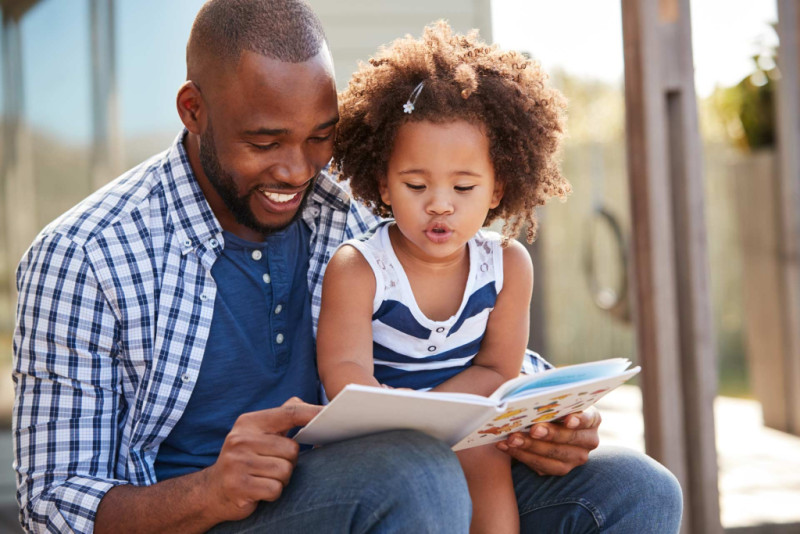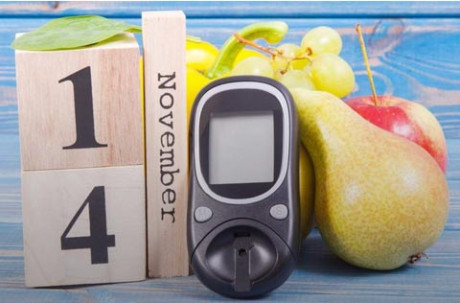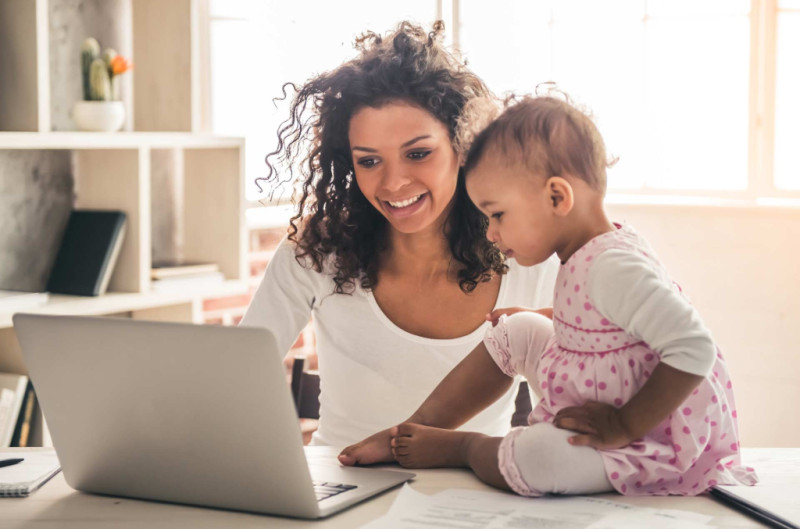A guideline to your babies hearing and language development
Birth to 3 Months
Reacts to loud sounds, calms down or smiles when spoken to, recognises your voice and calms down if crying. When feeding, starts or stops sucking. In response to sound, coos and makes pleasure sounds. Has a special way of crying for different needs and smiles when he or she sees you.
4 to 6 Months
Follows sounds with his or her eyes, responds to changes in the tone of your voice. Notices toys that make sounds. Pays attention to music, babbles in a speech-like way and uses many different sounds, including sounds that begin with p, b, and m. Laughs, babbles when excited or unhappy and makes gurgling sounds when alone or playing with you.
7 months to 1 year
Enjoys playing peek-a-boo and pat-a-cake. Turns and looks in the direction of sounds, listens when spoken to, understands words for common items such as “cup,” “shoe,” or “juice”, responds to requests like “come here” or “want more?”. Babbles using long and short groups of sounds like “tata, bibibi”. Babbles to get and keep attention, communicates using gestures such as waving or holding up arms. Imitates different speech sounds and has 1 or 2 words e.g. “Hi,” “dog,” “dada,” or “mama” by first birthday.
1 to 2 years
Knows a few parts of the body and can point to them when asked . Follows simple commands e.g. “roll the ball” and understands simple questions e.g. “Where’s your shoe?”. Enjoys simple stories, songs, and rhymes, points to pictures, when named, in books. Acquires new words on a regular basis. Uses some 1 or 2 word questions e.g. “Where kitty?” or “Go bye-bye?”. Puts 2 words together like “more cookie” or “no juice” and uses many different consonant sounds at the beginning of words.
2 to 3 years
Has a word for almost everything. Uses 2- or 3-word phrases to talk about and ask for things. Uses k, g, f, t, d, and n sounds. Speaks in a way that is understood by family members and friends. Names objects to ask for them or to direct attention to them.
3 to 4 years
Hears you when you call from another room. Hears the television or radio at the same sound level as other family members. Answers simple “Who?” “What?” “Where?” and “Why?” questions. Talks about activities at kindergarten, preschool, or friends’ homes. Uses sentences with 4 or more words and speaks easily without having to repeat syllables or words.
4 to 5 years
Pays attention to a short story and answers simple questions about it. Hears and understands most of what is said at home and in school. Uses sentences that give many details. Tells stories that stay on topic. Communicates easily with other children and adults. Says most sounds correctly except for a few e.g. l, s, r, v, z, ch, sh, and th. Uses rhyming words, names some letters and numbers and uses adult grammar.
Forms
Select and download all application, registration and request forms as well as information on NHP’s designated service providers, tariffs and travel insurance.

Information and Services
BMI Calculator
Chronic Lifestyle Diseases
Babyline
Benefit suggestions
These life stages aim to illustrate the thoughtful consideration given to the evolving healthcare needs of individuals at different points in their lives. By aligning medical aid benefits with these life stages, we ensure that our members receive targeted and effective healthcare support throughout their journey.

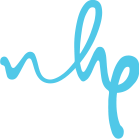
Young Adults
18-30 years young
- Comprehensive preventive care coverage for routine check-ups and vaccinations.
- Access to virtual health consultations for convenient healthcare support.
- Basic dental and vision coverage for early preventive measures.
- Wellness programmes and resources to promote a healthy lifestyle.
Suggested options:


Establishing Families
31-45 years young
- Enhanced maternity benefits including prenatal and postnatal care.
- Pediatric coverage for vaccinations, well-child visits, and common childhood illnesses.
- Expanded family planning and fertility treatment options.
- Comprehensive coverage for routine and preventive care.
Suggested options:
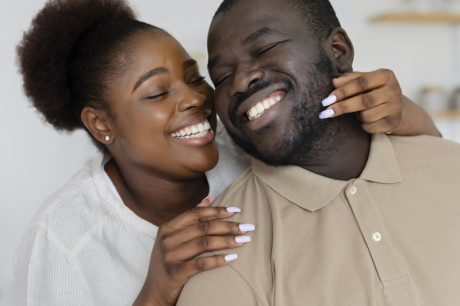

Mid-Life Professionals
46-60 years young
- Comprehensive coverage for chronic conditions management.
- Specialised screenings for age-related health concerns.
- Access to specialists for managing mid-life health challenges.
- Mental health support and counseling services.
Suggested options:


Seniors
61+ years young
- Back and neck rehabilitation
- Comprehensive coverage for Chronic conditions management
- Specialised screenings for age-related health concerns
- Access to Specialists for managing mid-life health challeneges
